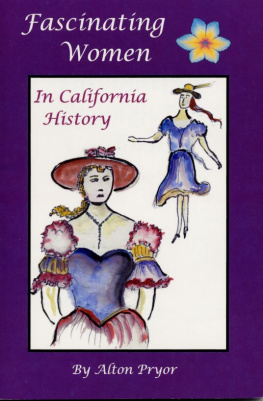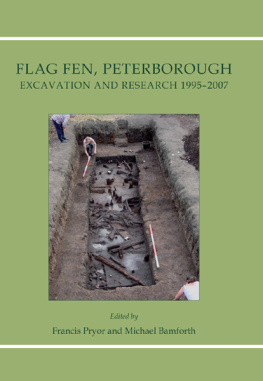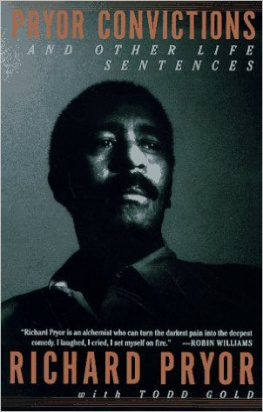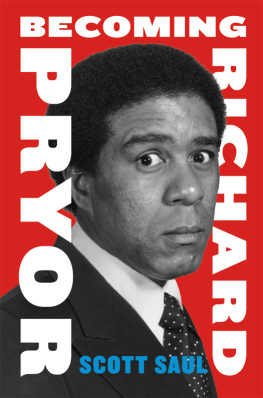THE UNITED STATES FISH AND WILDLIFE SERVICE
Westview Library of Federal Departments, Agencies, and Systems
Ernest S. Griffith and Hugh L. Elsbree, General Editors
The Library of Congress, Second Edition, Charles A. Goodrum and Helen W. Dalrymple
The National Park Service , William C. Everhart
The Forest Service, Second Edition, Michael Frome
The Smithsonian Institution, Second Edition, Paul H. Oehser; Louise Heskett, Research Associate
The Bureau of Indian Affairs, Theodore W. Taylor
Available in hardcover and paperback.
First published 1984 by Westview Press, Inc.
Published 2019 by Routledge
52 Vanderbilt Avenue, New York, NY 10017
2 Park Square, Milton Park, Abingdon, Oxon OX14 4RN
Routledge is an imprint of the Taylor & Francis Group, an informa business
Copyright 1984 Taylor & Francis
All rights reserved. No part of this book may be reprinted or reproduced or utilised in any form or by any electronic, mechanical, or other means, now known or hereafter invented, including photocopying and recording, or in any information storage or retrieval system, without permission in writing from the publishers.
Notice:
Product or corporate names may be trademarks or registered trademarks, and are used only for identification and explanation without intent to infringe.
Library of Congress Cataloging in Publication Data
Reed, Nathaniel P. (Nathaniel Pryor), 1933
The United States Fish and Wildlife Service.
(Westview library of Federal departments, agencies, and systems)
Bibliography: p.
Includes index.
1. U.S. Fish and Wildlife Service. I. Drabelle, Dennis. II.Title. III.Series.
QL84.2.R42 1984 353.0082'328 84-10453
ISBN 13: 978-0-367-29679-7 (hbk)
This book is dedicated to the men and women of the United States Fish and Wildlife Service, whose talents are unique and whose commitment in the face of adversity has shown itself to be unsurpassed in the annals of civil service
1
The Background of the U.S. Fish and Wildlife Service
There is reason to think that as early as 10,000 B.C. human beings and wildlife were not in harmony on the North American continent. The first American wildlife manager may have been a wise chief who warned his band that populations of the mammoth and Bison antiquus were reaching dangerously low levels. The chief might have cautioned hunters against using the wasteful "jump-kill" techniquecornering animal herds and driving them over cliffs. But if given, the chief's warnings were probably ignored; somewhere between 12,000 and 8,000 B.C., both species became extinct.
The arrival of Europeans added a new element to the balance, a wantonness born of fear and hardship. Nathaniel Hawthorne's term "the howling wilderness" evokes the uneasiness that pioneers felt toward the untamed land between one settlement and the next. These great tracts beyond the pale were obstacles to be overcome, gaps to be filled with outposts and habitations.
This was an understandable attitude for settlers faced with an immense expanse of virgin land. What is not so easy to understand is the hostility that many of our forebears felt toward nature in general. James Fenimore Cooper captures this mind-set in The Pioneers (1823), the fourth of his five Leatherstocking Tales. One spring morning the people of an upstate New York village assemble to have sport with the pigeons passing overhead. To Natty Bumppo's dismay, the hunt degenerates into a crazed slaughter.
The reports of the firearms became rapid, whole volleys rising from the plain, as flocks of more than ordinary numbers darted over the opening [of a highway], shadowing the field like a cloud; and then the light smoke of a single piece would issue from among the leafless bushes on the mountain, as death was hurled on the retreat of the affrighted birds, who were rising from a volley, in a vain effort to escape. Arrows, and missiles of every kind, were in the midst of the flocks; and so numerous were the birds, and so low did they take their flight, that even long poles, in the hands of those on the sides of the mountain, were used to strike them to the earth....
None pretended to collect the game, which lay scattered over the fields in such profusion as to cover the very ground with the fluttering victims.
As the surviving birds finally straggle away, one of the villagers shouts, "'Victory!... We have driven the enemy from the field'" (1964, pp. 234, 235, 239).
Like the wise chief, Cooper was a prophet unheard. The bird he was writing about was undoubtedly the passenger pigeon, the most populous avian species ever to exist. At Petoskey, Michigan, in 1878, well over 136 million of these birds nested in an area estimated at 75 miles by 10 miles. Hunters swarmed to the area, and the carnage took on gargantuan proportions. Repeated decimations exacted their toll, and by the turn of the century the passenger pigeon had all but disappeared. In 1914 the last known member of the species, a female named Martha, died in the Cincinnati Zoo.
The most effective early spokesman for wildlife was also the foremost celebrant of its beauty: John James Audubon. In addition to painting the magnificent and scrupulously accurate series of avian portraits collected in The Birds of America (1827-1838), Audubon added more than forty species to the list of known American birds, developed one of the first techniques for banding birds to keep track of their migrations, and wrote an encyclopedic Ornithological Biography (1831-1839). With his sons he made another series of paintings, Viviparous Quadrupeds of North America (1831-1839), which did for the continent's mammals what his earlier paintings had done for the birds. Audubon was a tireless critic of the prevalent notion that wildlife populations were endlessly abundant. In 1843, after watching a buffalo hunt on the western plains, he said: "This cannot last. Even now there is a perceptible difference in the size of the herds. Before many years the buffalo, like the great auk, will have disappeared" (cited in Dock 1979, p. 20). His prophecy came dangerously close to being realized.

In addition to the excesses committed in the name of sport, there were the demands of fashion. Bird plumes were a favorite Victorian-era ornament on women's hats, and in 1886 the American Ornithologists' Union estimated that 5 million birds a year were being sacrificed to chic. Ornithologist Frank Chapman once strolled about the streets of New York City taking his own survey of hat decorations: Out of 700 hats observed, 542 featured bird portions. Moreover, the "central fact of plume bird destruction" was that "the birds were chiefly killed during the breeding season when their plumes were at their showiest, and therefore most valuable" (Graham 1971, p. 48).














